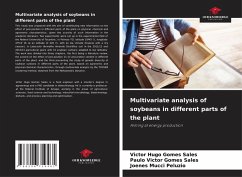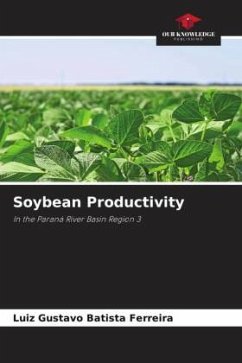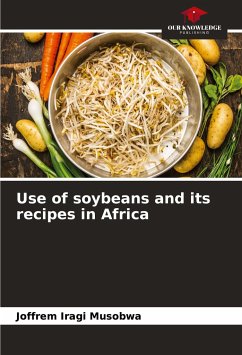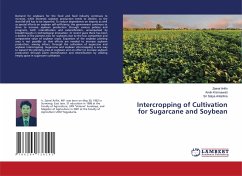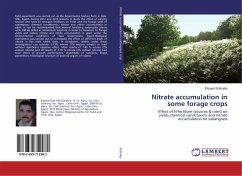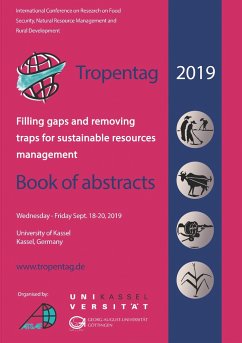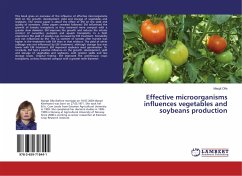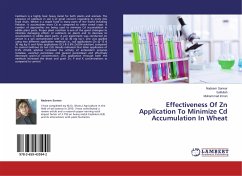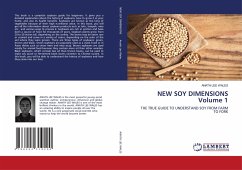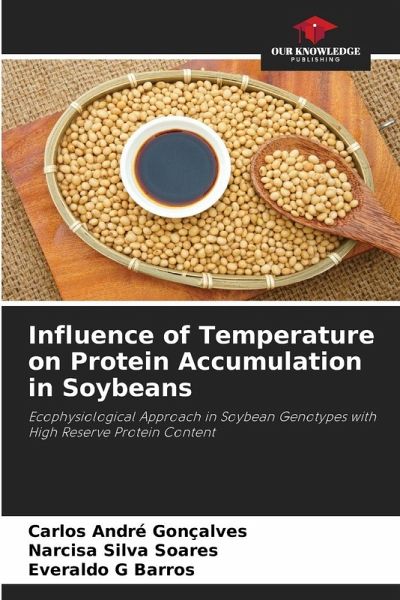
Influence of Temperature on Protein Accumulation in Soybeans
Ecophysiological Approach in Soybean Genotypes with High Reserve Protein Content
Versandkostenfrei!
Versandfertig in 6-10 Tagen
24,99 €
inkl. MwSt.

PAYBACK Punkte
12 °P sammeln!
Seeking to provide answers regarding the influence of different temperature regimes on the determination of protein content in soybeans, the main objectives of this study were: to determine the protein content of mature seeds of the CAC-1 cultivar and the CAC-1 PTN iseline (with high protein content), to compare, during grain filling, the protein profile of seeds between these cultivars, and to evaluate, during grain filling, the influence of different environmental temperature regimes on the protein content of the two cultivars. It was evident that the high environmental temperature regime de...
Seeking to provide answers regarding the influence of different temperature regimes on the determination of protein content in soybeans, the main objectives of this study were: to determine the protein content of mature seeds of the CAC-1 cultivar and the CAC-1 PTN iseline (with high protein content), to compare, during grain filling, the protein profile of seeds between these cultivars, and to evaluate, during grain filling, the influence of different environmental temperature regimes on the protein content of the two cultivars. It was evident that the high environmental temperature regime determined a greater accumulation of proteins in the seed. Reserve proteins also accumulated differentially and in greater quantities in the high temperature regime. It was also found that the CAC-1 PTN cultivar accumulated a greater amount of protein in the seed under both temperature regimes when compared to the CAC-1 isoline. This occurred even when comparing the data obtained for the CAC-1cultivar under high temperature conditions and those obtained for the CAC-1 PTN isoline under low temperature conditions.



